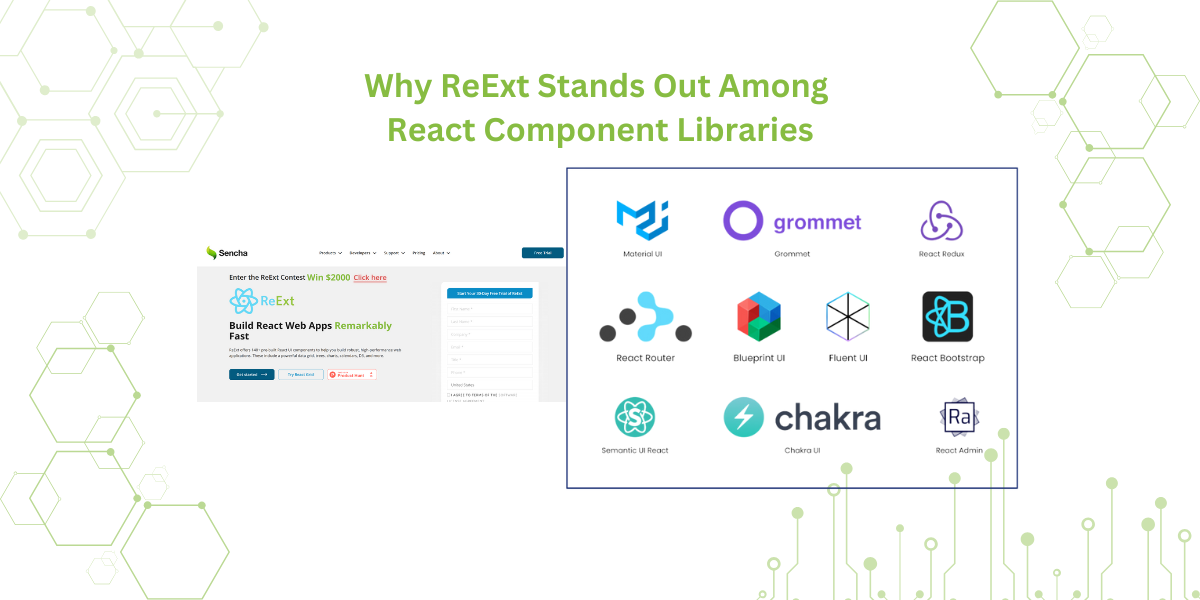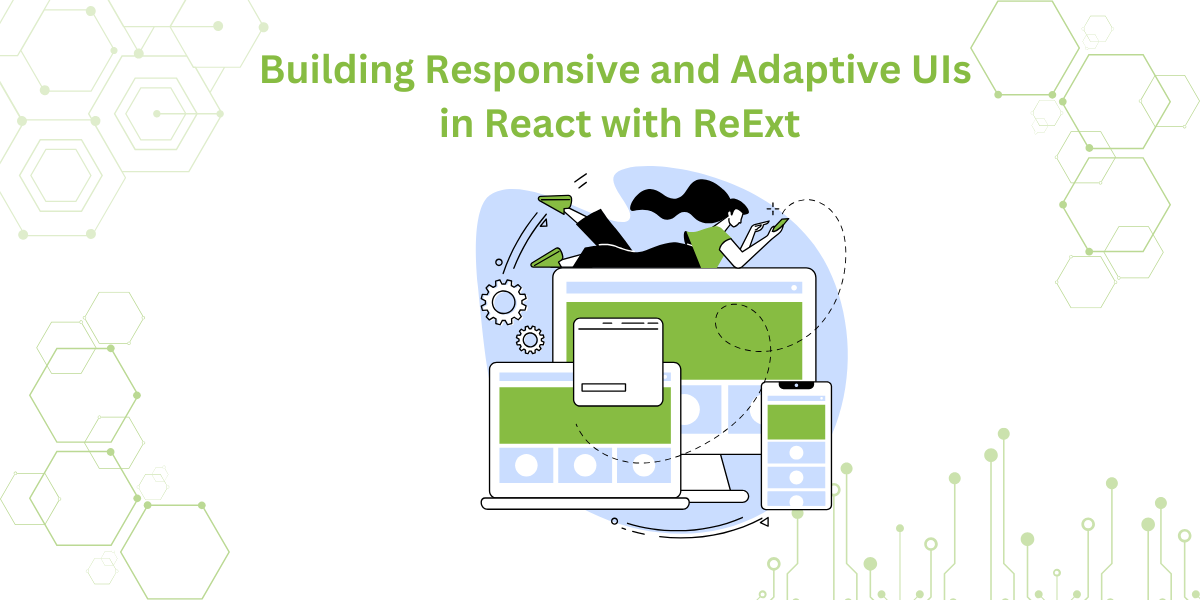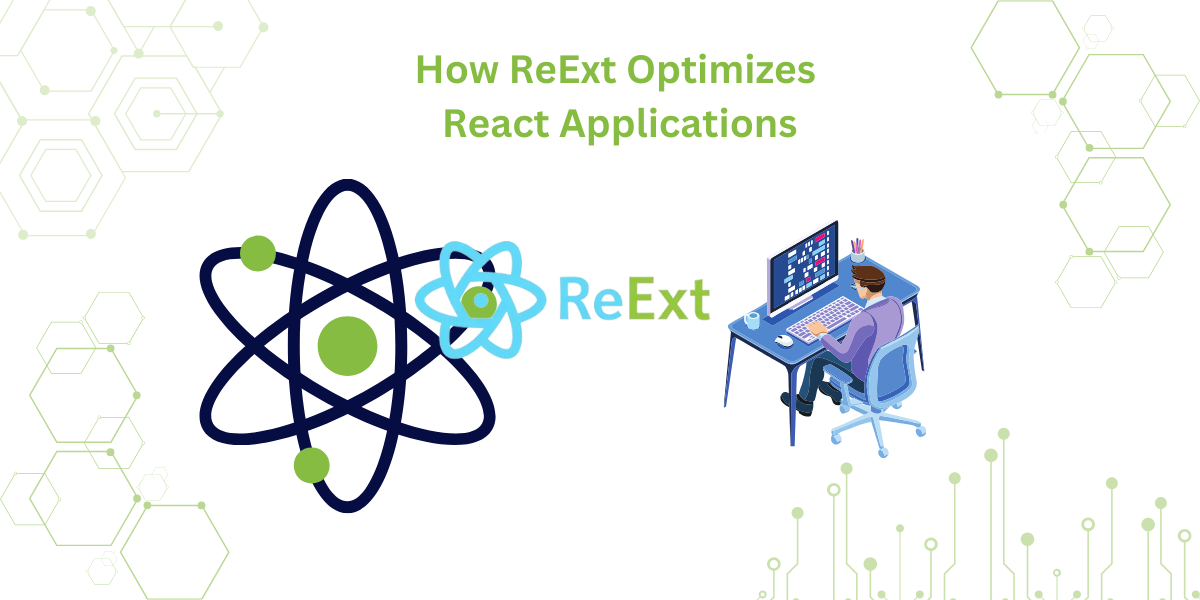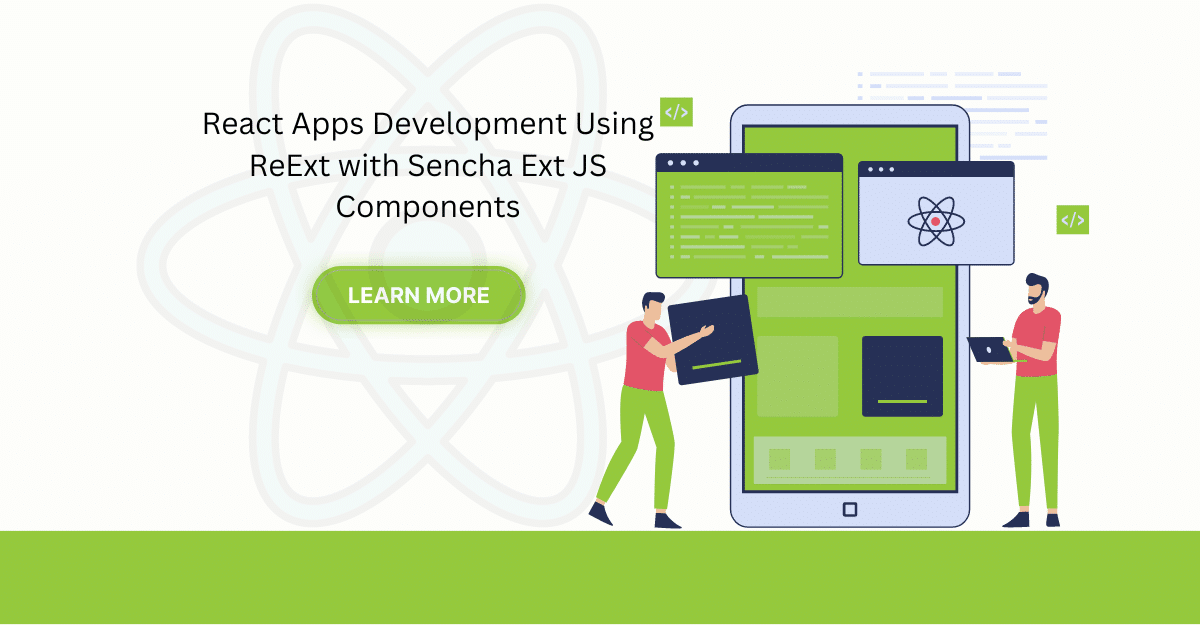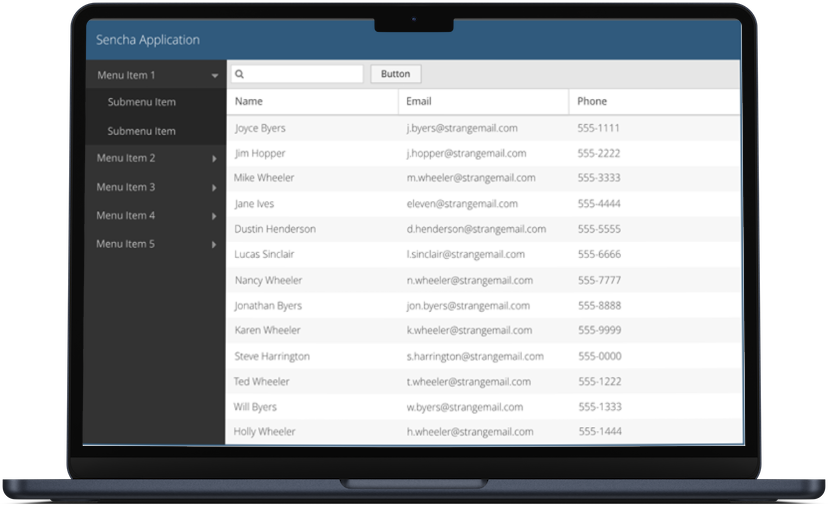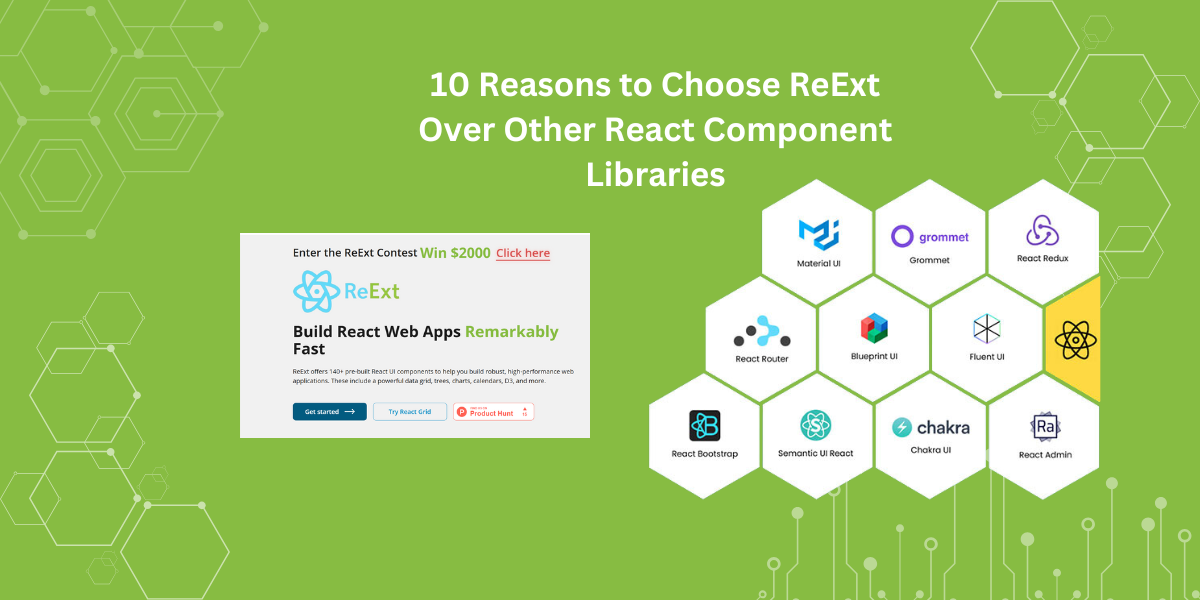
The choice of the right React component library really matters. You'll find many popular JS libraries to choose from. Some work well for smaller projects, others for large applications dealing with complex operations. Some tools work well for big apps,…
Subscribe to our newsletter
Be the first to learn about new Sencha resources and tips.




